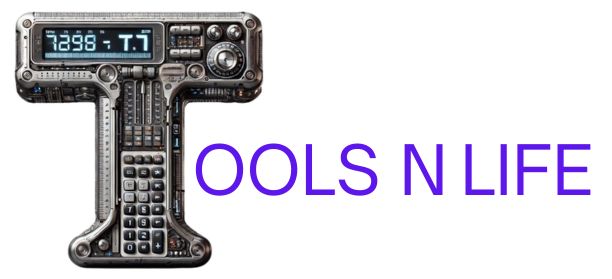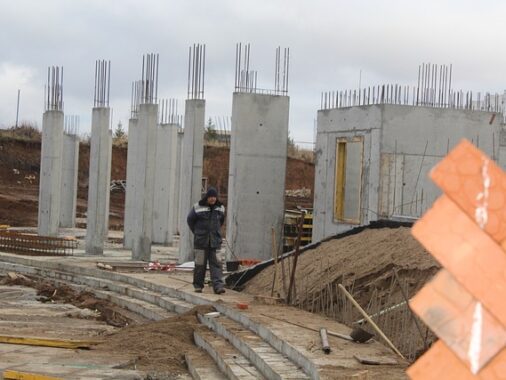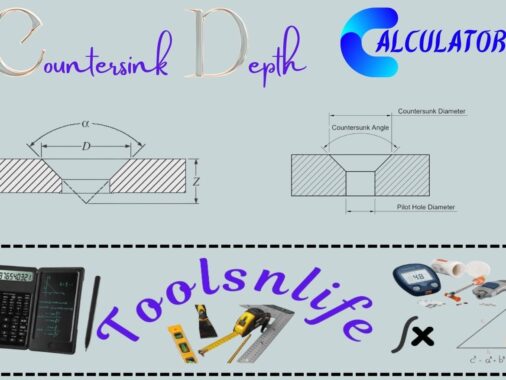Comprehensive Cubic Yard Calculator
Calculate material volumes for various shapes quickly and accurately. Perfect for landscaping, construction, and DIY projects requiring precise measurements of soil, mulch, concrete, or other materials.
Results
Practical Application
Rectangle calculations are perfect for standard garden beds, concrete slabs, or any area with straight sides. For example, a 10ft × 5ft garden bed with 6 inches of soil would require approximately 0.93 cubic yards of material.
Understanding Cubic Yard Calculations
A cubic yard is a unit of volume equal to a cube with sides of 1 yard (3 feet) in length. This equals 27 cubic feet or approximately 0.765 cubic meters. Understanding how to calculate cubic yards is essential for:
- Ordering the correct amount of materials (avoiding waste or shortages)
- Budgeting accurately for projects
- Understanding delivery requirements
Expert Tips for Accurate Measurements
🛠️ Preparation is Key
Before calculating, clear the area of debris and level the surface for more accurate measurements. For irregular areas, break them down into regular shapes and calculate each separately.
🌧️ Account for Settlement
Materials like soil and mulch can settle up to 20% after placement. Consider adding 10-15% to your calculated volume to account for compaction, especially for deep applications.
📏 Measure Twice, Order Once
Double-check all measurements before placing orders. It’s cheaper to verify dimensions than to pay for excess material or additional deliveries.
Common Material Weight Estimates (per cubic yard)
| Material | Approximate Weight | Notes |
|---|---|---|
| Topsoil | 2,000-2,700 lbs | Varies by moisture content |
| Mulch | 400-800 lbs | Lighter when dry |
| Gravel | 2,400-2,900 lbs | Depends on stone size |
| Concrete | 4,000-4,500 lbs | Standard mix |
| Sand | 2,600-3,000 lbs | Varies by moisture |
Note: Always verify weight limits with your delivery service or vehicle capacity.
Understanding Cubic Yards: A Complete Guide
What is a Cubic Yard?
A cubic yard is a standard unit of volume used in the United States for measuring large quantities of materials. It represents the volume of a cube with each side measuring 1 yard (3 feet).
Visualizing a Cubic Yard
Why Cubic Yards Matter in Practical Applications
Understanding cubic yard measurements is crucial for various projects:
🏡 Landscaping Projects
When ordering soil, mulch, or gravel for garden beds, knowing cubic yard requirements helps you budget accurately and avoid material shortages or excess.
🏗️ Construction Needs
Concrete is typically sold by the cubic yard. Accurate calculations prevent costly overordering or project delays from underordering.
🗑️ Waste Management
Dumpster rentals are often priced by cubic yard capacity. Knowing your volume needs helps select the right container size.
Conversion Reference Guide
| Unit | Equivalent in Cubic Yards | Common Uses |
|---|---|---|
| 1 Cubic Foot | 0.037 Cubic Yards | Small bags of soil/mulch |
| 1 Cubic Yard | 1 Cubic Yard | Standard material delivery unit |
| 1 Cubic Meter | 1.308 Cubic Yards | International projects |
| 1 Ton (approx.) | 0.5-0.75 Cubic Yards | Weight-based material orders |
Professional Tips for Accurate Measurements
Account for Compaction
Materials like soil settle over time. Add 10-15% to your calculated volume for projects requiring depth stability.
Consider Slope and Grade
For sloped areas, take multiple measurements at different points and average them for more accurate volume calculations.
Verify Delivery Measurements
When materials are delivered, confirm the volume with the supplier. Truck beds can vary in actual capacity.
Ready to Calculate Your Project Needs?
Use our comprehensive cubic yard calculator to accurately determine material requirements for your specific project. Whether you’re working on a small garden bed or a large construction site, precise calculations save time, money, and effort.
Pro Tip: Bookmark this page for future reference, and don’t hesitate to use the print function to keep a record of your calculations for project planning.






